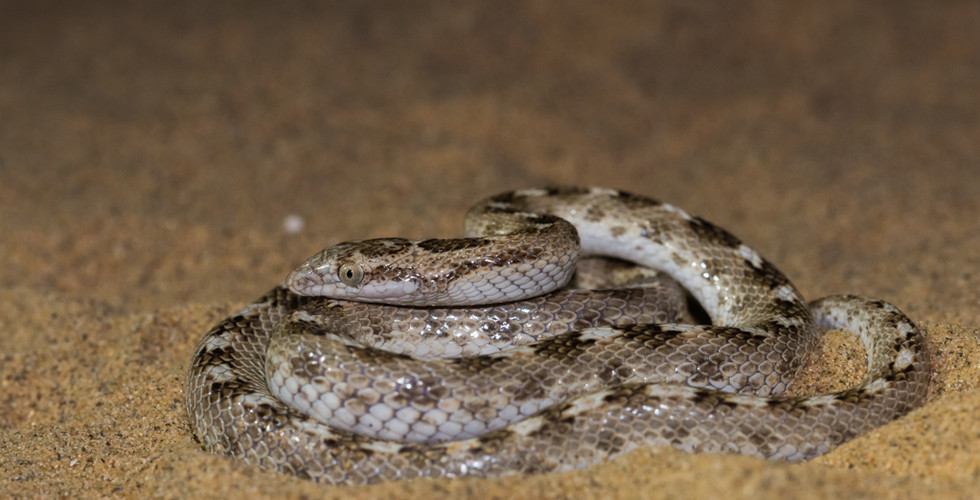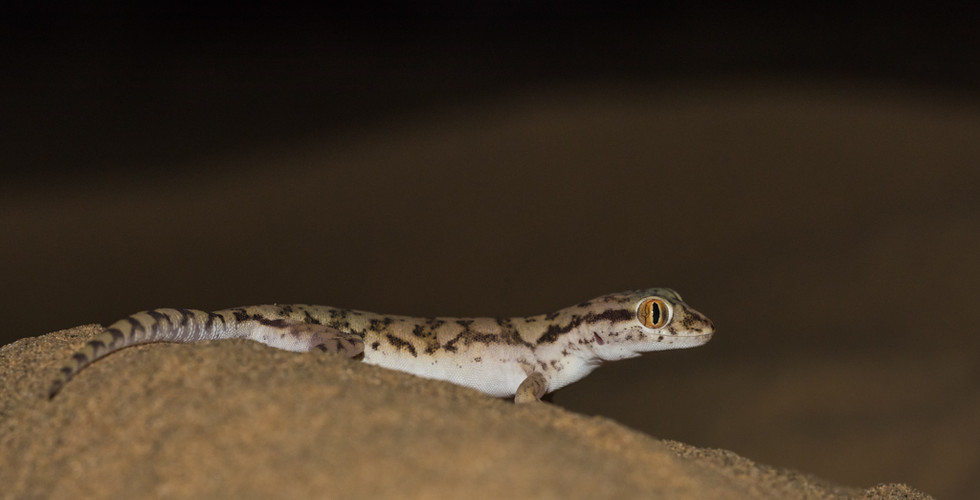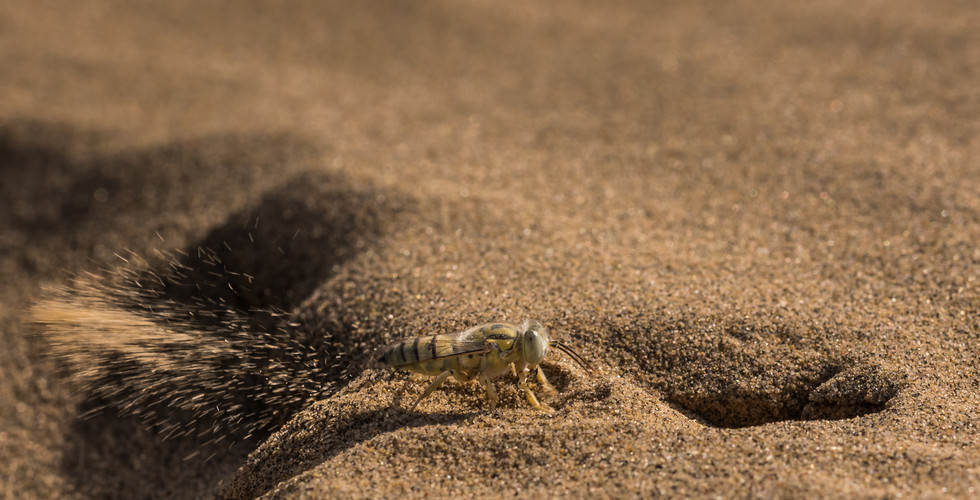Deserted? Not!
- Vinodh Ve
- Oct 2, 2017
- 5 min read
A trip to the Thar!

I never actually knew much about a desert except for what I read in Geography lessons in my childhood. I used to love circus as a kid – that’s the only chance I got to see some big animals like elephants, camels, hippos, tigers and lions in my town. I used to love making illustrations of animals when I was a kid. Once when I was trying to draw a camel, I was stuck at one point on how to finish the legs. I was not sure if it had hooves. This was back in 1986-87, where search engines were not an option. This made me visit the circus again to check its legs, which in turn made me think more about deserts. Days passed, I finished my studies and got a job in Delhi in 2001. After a lot of struggle between the night shift and hectic work, I found the time to visit Jaipur finally. I was shocked to know Jaipur doesn’t have a desert; after all it was in Rajasthan. And that’s when I heard about a place called Jaisalmer where you get to see the actual desert. Since then, I have heard about Jaisalmer many a times from my friends, but I never could plan a visit. Back in 2011, I started using photography as a way to get closer to nature. But my perspective was always limited to the species as I was fascinated about the different animal species from childhood by watching National Geographic series in DD and reading wildlife books.
It was in September 2015, I got an opportunity to plan a trip to Thar desert, for a macro photography tour. Thar – a magical place on earth I should say. It broke all my prejudiced vision of a desert. I was thinking of desert as a place with sand dunes, some beetles, lizards and many camels. But what I experienced was completely different. The place might look calm and lazy during the day, but would be buzzing with life in the night. I saw a plenty of fascinating desert species in this trip and most of them were nocturnal. The day time was spent in a relaxed manner and the major attraction during day was the Spiny tailed and Fringe toed lizards. Spiny tailed Lizards are the vegetarian lizards found in Thar Desert and Kutch region of India. They have a spiny fatty tail, and live in burrows on flat lands. During day, they graze around their burrows and when threat approaches (usually a raptor or rarely a desert fox/cat); they run towards their burrows in lightning speed. Sometimes it’s funny to see them running without a ‘free’ burrow to enter while some other lizard had already taken its burrow.

During day, we also saw another interesting lizard resting under the shade of small shrubs – the Fringe toed lizard. These are the lizards you would have seen in Discovery channel that raises one front limb and its diagonally opposite hind limb at a time in a pattern to beat the heat. They have a nice shovel shaped snout probably to clear the sand while moving through, and a blue coloured tail. These are also fast runners on the sand dunes.

In the evening trail, we found the star of the Thar – the Laungwala Toed-headed Agama. This agama has a funny looking short snout with a flattened fat body and a short tail. The shoulders are red or blue in colour. The highlight of this species is the way it submerges itself in the sand like a magic right in front the eyes, with just minimally vibrating its body.
Night life in Thar was as busy as life in Western Ghats. Most common ones we see in night are the Sind Sand Gecko – a beautiful gecko with smiley expressions. And the celebrity of the night used to be the Saw scaled Viper, the sochureki sub-species – a venomous snake found in Thar and Kutch region. They move in sides very fast and hence they were often referred as side winders as well. It was a beautiful snake with keeled scales all over the dorsal side of body. They coil & rub the scales making saw like sound when threatened.

If it’s night, then it’s time for “scorpions”. Desert is the place where one could find wide variety of scorpions. There was a range of tiny to medium sized scorpions found amidst the piles of stones. There were also a plenty of weird looking white crickets which had 5 times longer antennas than its own body length.

In desert, one would get a clear view of the sky with Milky Way and plenty of stars. Watching this in the night in an open desert was spectacular. The experience can’t be expressed in words!!

In the morning, I was amazed to see the various types track marks on the sand dunes that showed how busy the place was in the night. I could see tracks of beetles, sandfish, saw-scaled viper, hare, desert monitor, lizards, chinkara, and even of a bustard. I always get thrilled to see such evidences that show the richness of life.

On the last day, I was lucky enough to see 2 rare sightings – one was that of a desert wasp digging hole for itself, probably to bury a victim; and other was a dung beetle rolling dung-ball over the sand dunes and burying it in the sand.


Thar was a unique destination for me and the trip ended well with tons of long lasting memories. As my train was late at night, I also got a chance to stay in the Jaisalmer fort for the evening. The fort was a beautiful structure built in 11th century. It used to serve as a refuge and stop-over-point for the travelers. After sunset, the fortress would be lit up beautifully and it was spectacular matching the name – Sonar Quila, the Golden Fort.

To reach Thar desert or Desert National Park:
By Air:
Jaisalmer has an airport, but flights might be expensive.
Flying to Jodhpur would be a better option. From Jodhpur, Jaisalmer is (335 Km) 6 hours away.
By Railways:
Jaisalmer is the nearest railway station with trains from Jaipur or Delhi.
From Jaisalmer railway station, Desert National Park (DNP) is around 60 Km.
From Jaisalmer, cabs / jeeps are available to hire to reach DNP.
By Road:
Rajasthan State Road Transport has regular buses that run daily from Jodhpur to Jaisalmer.
Also there are private buses available from Jaipur, Jodhpur and Ahmedabad.
From Jaisalmer, cabs / jeeps are available to hire to reach DNP.
Best time to visit:
The Desert National Park is open through out the year, however photography of Great Indian Bustards are banned during their breeding time which is Apr to Oct.
Life in Thar desert changes drastically based on the season of the year. Winters being the best time for migratory birds and post monsoon will be the best time for finding reptiles, invertebrates and nocturnal mammals.
Jul-Sep: Best time for insects and reptiles as well as the passage migrant birds like Rufous-tailed Scrub Robin, Spotted Flycatcher, European Roller, Blue-cheeked Bee-eater, European Nightjar, etc. Though day time the activity looks lazy, during night the desert dunes will be buzzing with reptiles like Sind Sand Geckos, Saw-scaled Vipers and many insects.
Oct-Feb: Best time for birding. One can find migratory birds like Laggar falcons, Steppe Eagles, Himalayan Griffon Vultures, Montagu's, Pallid and Marsh Harriers, Kestrels, Trumpeter Finches etc., along with the resident birds like Great Indian Bustards, Desert Larks, Greater Hoopoe Larks, Tawny Eagles, Cream-coloured Coursers, Red-headed Vulture, etc. Eagles and Falcons feed on the Spiny tailed lizards and Indian Desert Jirds during this season which are found in plenty. Temperature during day will be around 30°C and nights will be very cold where the temperature can drops to 5°C.
Gallery from Thar desert trip, Sep 2015.













































































Comments